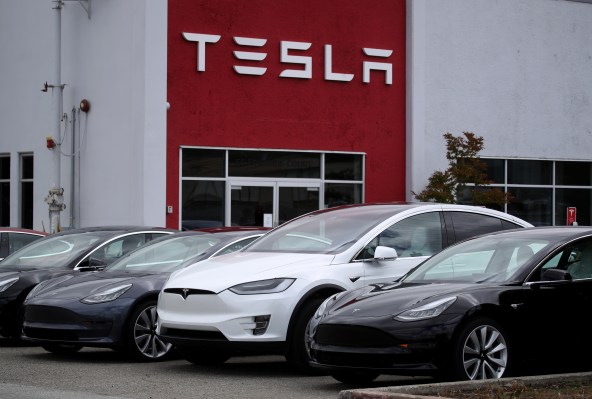Tesla is set to aggressively ramp up the rate at which it opens new service facilities, according to CEO Elon Musk’s guidance on the company’s Q2 2019 earnings call. In total, Tesla opened 25 new service centers during the quarter, and added 100 new service vehicles to its existing fleet — which is in contrast to an earlier statement made by Musk that they’d look to close most of their physical stores in an effort to reduce costs.
Notably, Musk referred to the locations only as “service centers” during his comments on the subject on Wednesday’s earnings call, and never as stores — asked about “retail locations,” he corrected the analyst asking and again said that what Tesla opened were “service centers” specifically. He also emphasized the importance of ensuring that service scales in line with the size of Tesla’s overall fleet of vehicles in active use. Musk mentioned that the number of Tesla cars on the road doubled in the last year alone, meaning it’s seeing exponential growth in terms of the total size of the fleet it needs to service.
“Service scales not just with new production, but as the whole fleet sales,” Musk said, adding that they want to grow their service capabilities in a way that’s responsible when it comes to cost, but that that is “quite difficult” when it comes to the rate at which the company’s sales and shipments are increasing.
Even so, Tesla is taking on still more of its service work itself, rather than outsourcing to external vendors.
“We’ve in-sourced a great deal of the collision repair activities, which I think had quite a good impact on customer happiness,” Musk said. “This will continue in the months to come.” Musk also noted that the company is working hard to reset its processes in order to ensure that parts are available on-hand when and where needed for service, which is a gap that has prompted customer complaints in the past.
The Tesla CEO said that he meets with the Tesla service team “multiple times a week” to “get updates on the reliability of the vehicle,” noting the best service possible is “no service” because that would represent maximum reliability (and of course, lowest possible ongoing costs for Tesla). He also said that they’ve seen “fewer and fewer service visits for the most recent cars that we’re building, so we’re on a good trend there.”
Jerome Guillen, President of Automotive at Tesla also noted that the number one reason for service visits is actually people looking to learn how to use Autopilot, and in general education represents a high percentage of visits.
Tesla CFO Zach Kirkhorn addressed a question about the service center expansion later in the call, adding that the company is pursuing a path of systematic “focus on service and supercharging, as opposed to a retail presence.” He also noted that he believes efforts to improve their parts distribution, with a focus on ensuring that parts are available on-hand in inventory at the service centers where they’re needed will actually help bring down costs overall versus housing them centrally or ordering on-demand from suppliers and Tesla’s own fabrication facilities.
